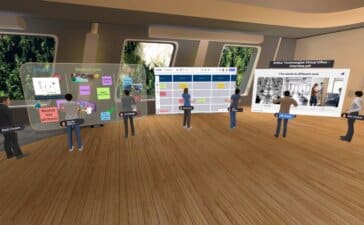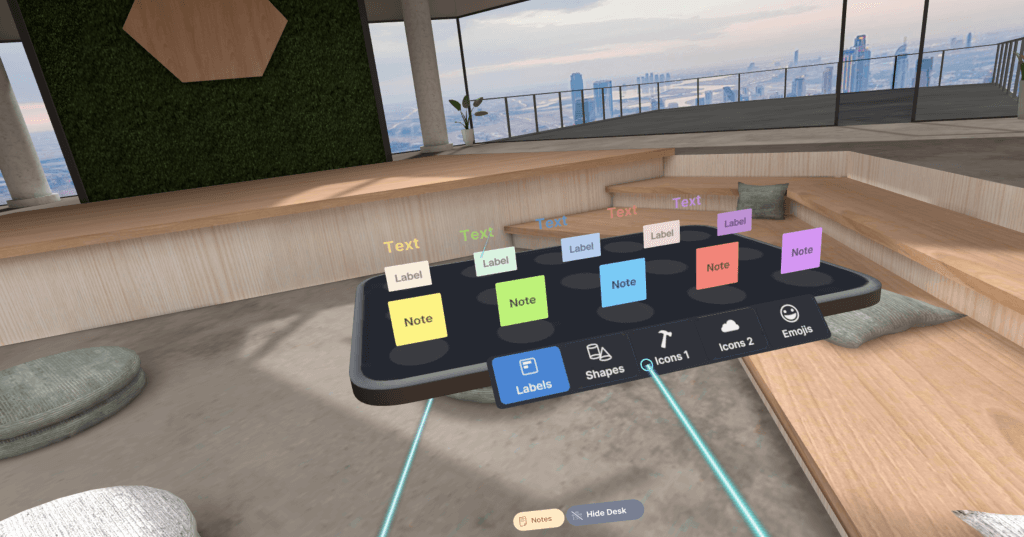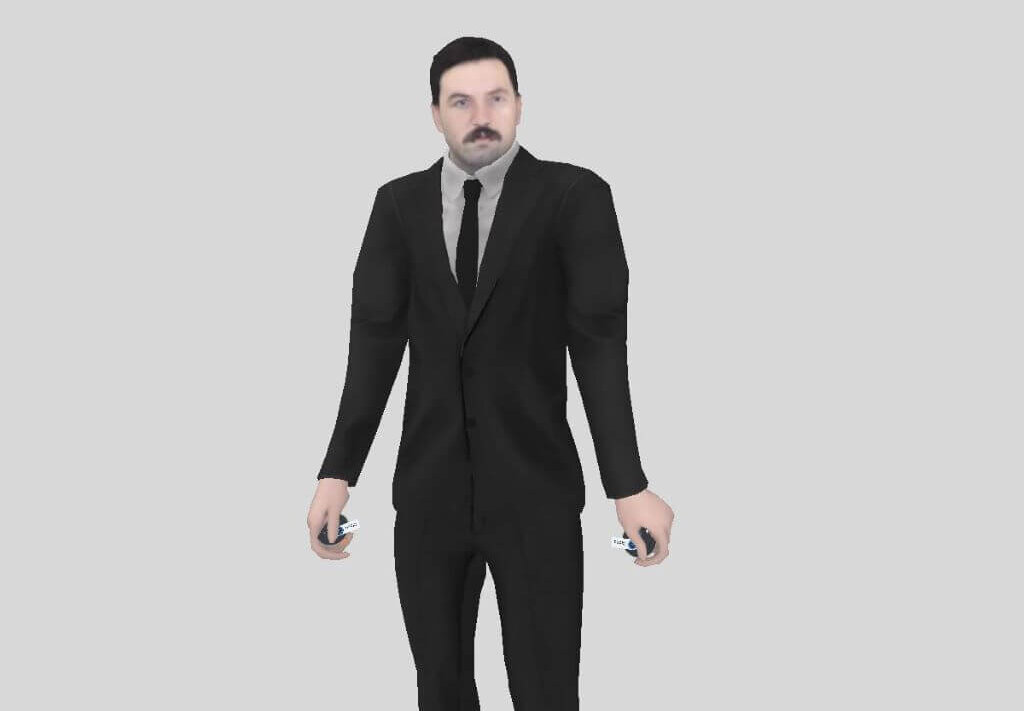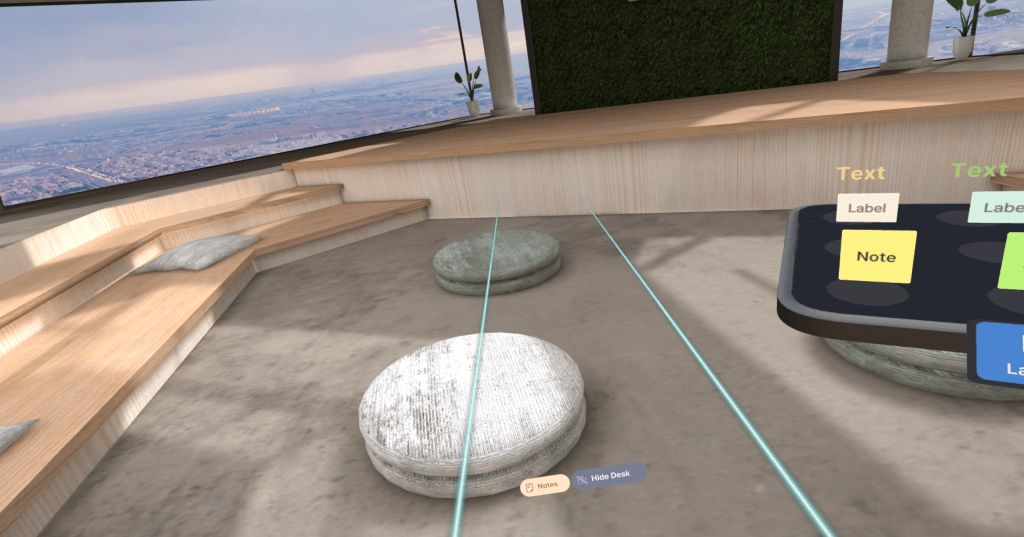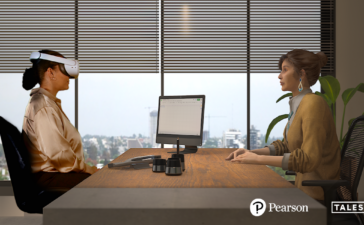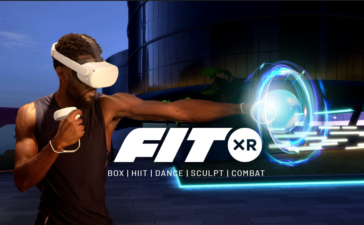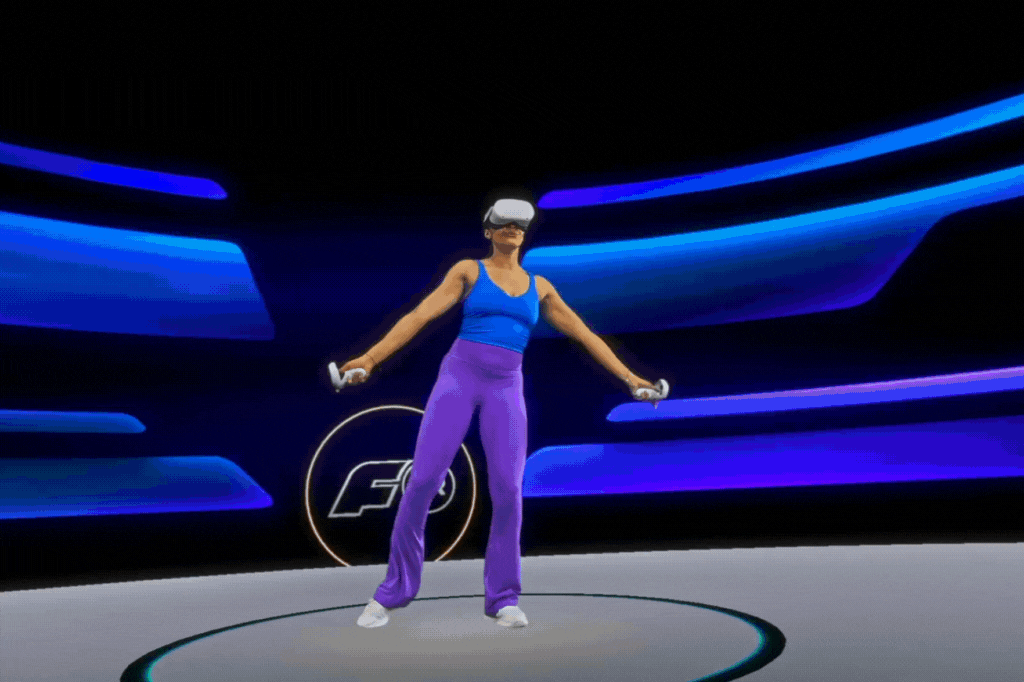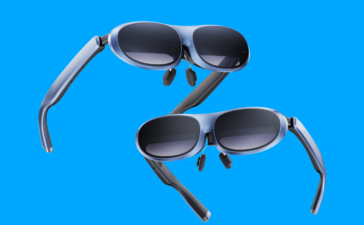The South by Southwest® (SXSW®) Conference and Festivals has once again taken the world by storm, delivering a jam-packed 10-day event featuring a variety of activities for audiences to explore. Hosted in Austin, TX, SXSW 2023 ran from March 10–19, 2023.
Attendees from around the globe also got the chance to immerse themselves for a couple of days in the fantastical world of the SXSW XR Experience. SXSW 2023 boasted a brand new look and feel this year, complete with Congress Avenue and Red River Cultural District creatively merged together and set afloat in space. The amazing visuals and virtual elements were designed in collaboration with VRROOM, a social XR platform for live shows in the metaverse, and world-renowned artists.
SXSW 2023 was especially exciting for those interested in virtual and augmented reality. XR programming and events this year included the XR Experience Competition, XR Experience Spotlight, XR and Metaverse Conference Track, and many other XR-related sessions. While SXSW 2023 was primarily in-person, attendees were also engaged with the XR Experience World through VRChat and other online immersive events.
SXSW 2023: A Quick Peek at Event Highlights
The SXSW 2023 event was packed with exciting and immersive experiences for attendees to enjoy, including several standout highlights. Among the highlights was the “Neo-Wulin: The Era of Black Ark” virtual performance series, the first of its kind in China. Created by the OXYZ3 team, this concert experience featured musicians in their own unique musical world that combined performance, exhibition, and social interaction. Even more exciting, the virtual world could be constantly extended.
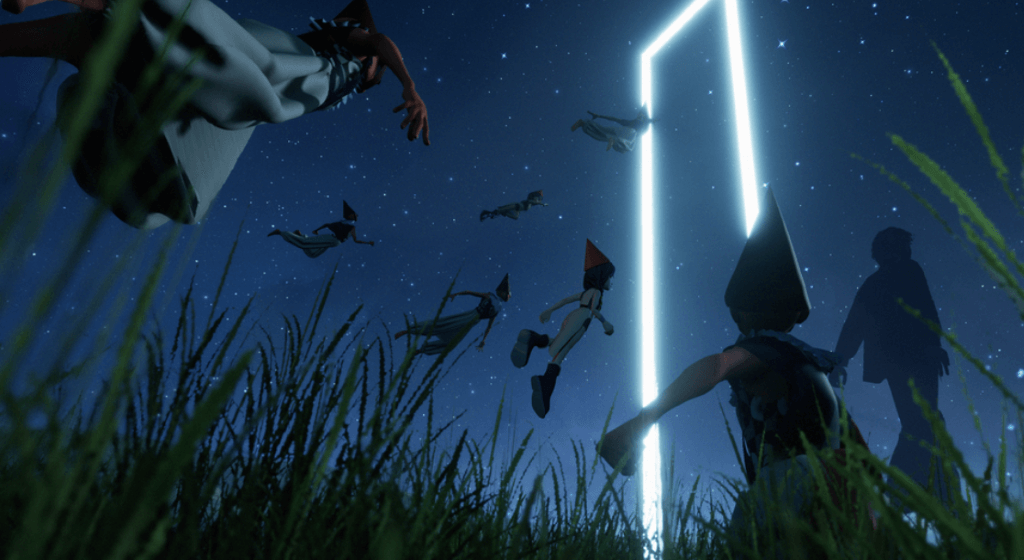
Attendees were also treated to other immersive and engaging virtual music experiences. Web7, Le Juiice, and Maxence performed at the VRROOM Alpha Party, a live immersive concert in VR, in partnership with Deezer and Pico. Each of these emerging French artists performed in different virtual worlds.
Then, there was also the Metaverse Music Concert, presented by YOOM and Active Theory. The interactive, volumetric music concert took concertgoers into a special metaverse space inspired by the famous 6th Street in Austin, Texas.
SXSW 2023 also offered a range of compelling conference sessions across 15 tracks, including interactive tracks exploring science, technology, culture, government, and more; film tracks covering both the creative and business elements of film and TV production; and music tracks featuring content on the making, marketing, impact, and future of music.
Moreover, SXSW 2023 included several competitions, such as the SXSW Innovation Awards, SXSW Pitch, and SXSW EDU, as well as the SXSW Film & TV Festival and the SXSW Music Festival, both of which offered a wide range of content and experiences for attendees to enjoy.
A Marvel of Innovation – Multi-sensory Augmented Reality Gaming
Every year, the SXSW Innovation Award honors the most innovative and forward-thinking technology, design, and creative work in various industries, including music, film, and interactive media. This year’s SXSW 2023 awards featured over 50 digital projects from around the world, classified into 14 different categories such as Artificial Intelligence, Health and MedTech, and Sustainability.
 One of the finalists in the Convergent Gaming category was Time Investigators, a multi-sensory augmented reality game by Picture This Productions and Mary Rose Museum. The AR game players become Time Detectives, investigating the sinking of Henry VIII’s favorite ship, the Mary Rose, which claimed the lives of almost all the 500 soldiers and sailors on board.
One of the finalists in the Convergent Gaming category was Time Investigators, a multi-sensory augmented reality game by Picture This Productions and Mary Rose Museum. The AR game players become Time Detectives, investigating the sinking of Henry VIII’s favorite ship, the Mary Rose, which claimed the lives of almost all the 500 soldiers and sailors on board.
Project Director Charlotte Mikkelborg consulted with Dr. Alex Hildred, Mary Rose’s Head of Research, to make the experience as realistic and as true to history as possible. Time Investigators, which also took the Award for Convergent Gaming home, immerses players in the sights, sounds, and even smells of life on board the ship almost 500 years ago.
Reflecting the true diversity of our world then and now, the game brings players on a roller-coaster journey through history. Players choose a character and receive a mission from the king. Using their smartphones as spyglass, they unravel secrets from the past. Then they follow a trail to solve the mystery and complete their mission. The app is available for both Android and iOS devices.
Cutting-Edge XR Experiences That Push the Boundaries of Storytelling and Technology
The SXSW XR Experience showcases the latest in immersive technology and XR. For many years now, it has provided creators and developers with a platform to showcase their innovative projects. It has also allowed attendees to immerse themselves in cutting-edge XR experiences that push the boundaries of storytelling and technology.
The SXSW 2023 XR Experience gave us the latest and most innovative immersive experiences, from VR concerts to interactive installations. Three standout experiences include the aespa VR Concert, Once A Glacier, and Symbiosis.
Aespa at KWANGYA
Aespa, a South Korean girl group formed by SM Entertainment, presented the world premiere of their VR concert at KWANGYA at the SXSW 2023 XR Experience. In the virtual world of KWANGYA, created by SM Culture Universe, the four-member K-pop group performed their debut song “Black Mamba” and “Illusion” to a global audience.
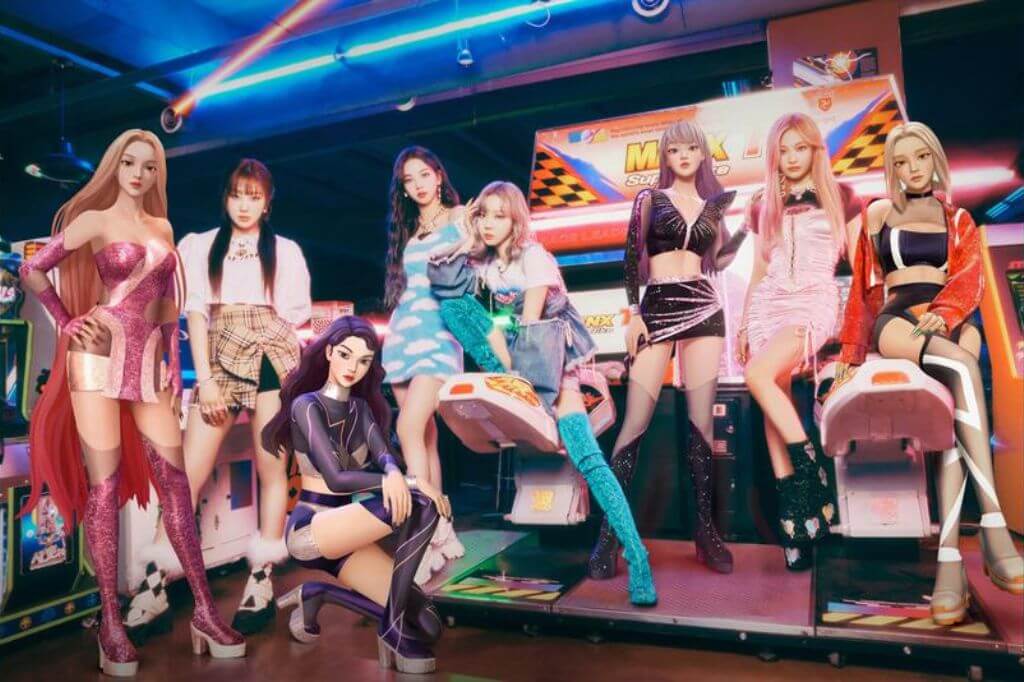
The concert was captured using AmazeVR’s proprietary technology, which delivers high-definition stereoscopic live-action footage. Unreal Engine-based VFX tools, AI modules, and other state-of-the-art production software were used to deliver the next stage of music.
To offer more fans the opportunity to meet face-to-face with the members of aespa and see their performance up-close in 9K+ resolution, the aespa concert at KWANGYA will soon be launched on major VR headset platforms.
“Once a Glacier” – A One-of-a-Kind Story Experience
A 10-minute VR film Once A Glacier, which had its world premiere at SXSW 2023, merges the interactive world of glaciers and 360 storytelling. The experience was created by Director and Writer Jiabao Li, and Executive/Creative Producer Jenny Qinya Guo, who guided the narrative filmmaking within VR technology.

Utilizing real-world audio collected by Jiabao Li from glaciers in Alaska, the experience offers a multi-sensory journey into the heart of glacier culture with the smells of the glacier, swamp, freezer, and museum being released as the story progresses. The team used satellite data of Matanuska glaciers to model the disappearing glaciers in the experience. The contrast of scale within the experience is remarkable. It clearly showed the contrast between an enormous glacier during the first expedition and the tiny ice that was left of it in the latter part of the story.
The experience merges technology with storytelling to offer a better understanding of climate change and its effects on our world. Through the use of VR technology, the audience can participate in helping save the last glacier ice with a young girl. It also incorporates the Himalayan process of marrying a male glacier and a female glacier to grow a “glacier” over time for irrigation, showing where agriculture and ancient wisdom converge.
The final scene where the girl’s chunk of the glacier is auctioned to a group of cosmopolitan elites reflects the irony that despite being the largest climate change contributors, the elites are still the ones who can preserve the last remnants of the natural world for themselves. The use of VR technology allowed the audience to participate in the action of helping save that last glacier ice while also addressing the commodification of nature by elites.
“Symbiosis” – Merging Humans, Technology, and Nature
Symbiosis is a multi-sensory XR experience created by Dutch interdisciplinary artist collective Polymorf, in collaboration with Studio Biarritz. Polymorf brought Symbiosis to the US for the first time in November 2022, and it got its Texas premiere at SXSW 2023.
The experience takes place in a fictional world set 200 years into the future. In this world, humans have merged with technology and nature to become a symbiont—a human-animal and human-machine hybrid. The biotope now teems with genetically altered life forms, enhanced biochemical life, robots, autonomous intelligent systems, and other artificial or enhanced forms. In this world, all share resources and cohabitate in symbiosis.
When participants enter the virtual world, they become both a spectator and a performer. They choose a symbiotic role and interact with their surroundings. Through individualized haptic suits, soft robotics, taste and smell-based story elements, and VR headsets with olfactory fixtures, they experience a fully immersive, multi-sensory world that engages all five senses. The experience culminates in a collective eating ritual where participants share virtual and real foods.
An Exciting Year Ahead for the XR Industry
The pace of technological innovation is only going to accelerate as we continue to push the boundaries of what is possible. As we look ahead, it is important to keep in mind that these new technologies will bring not only new opportunities but also new challenges. It will be critical to approach these innovations with a keen awareness of their potential impact on society and the environment, and to work together to ensure that we harness their power for the greater good.
Still, the future of the XR industry is full of promise, and the possibilities are endless. By embracing the spirit of innovation and collaboration, we can build a brighter tomorrow for ourselves and for generations to come.
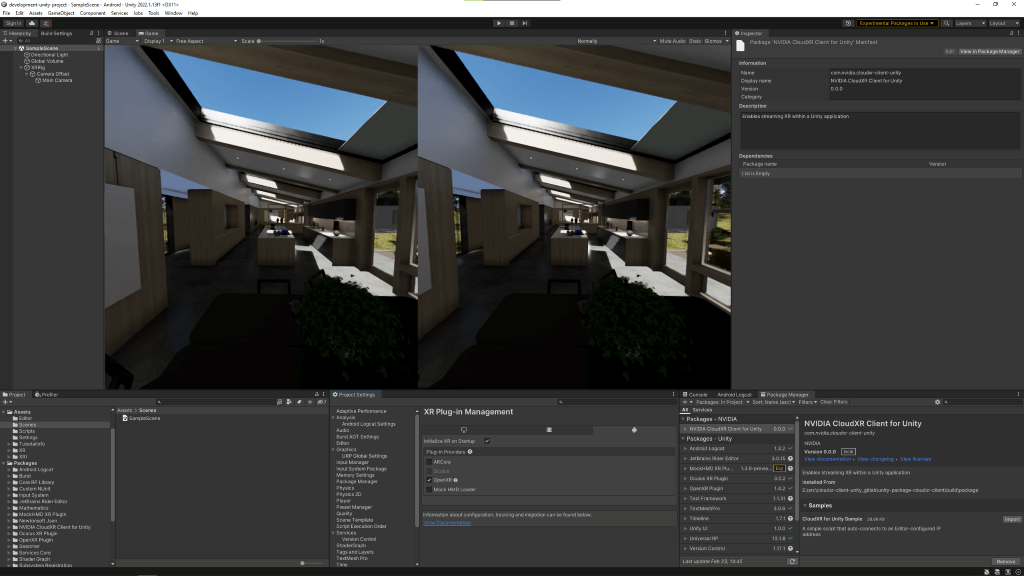




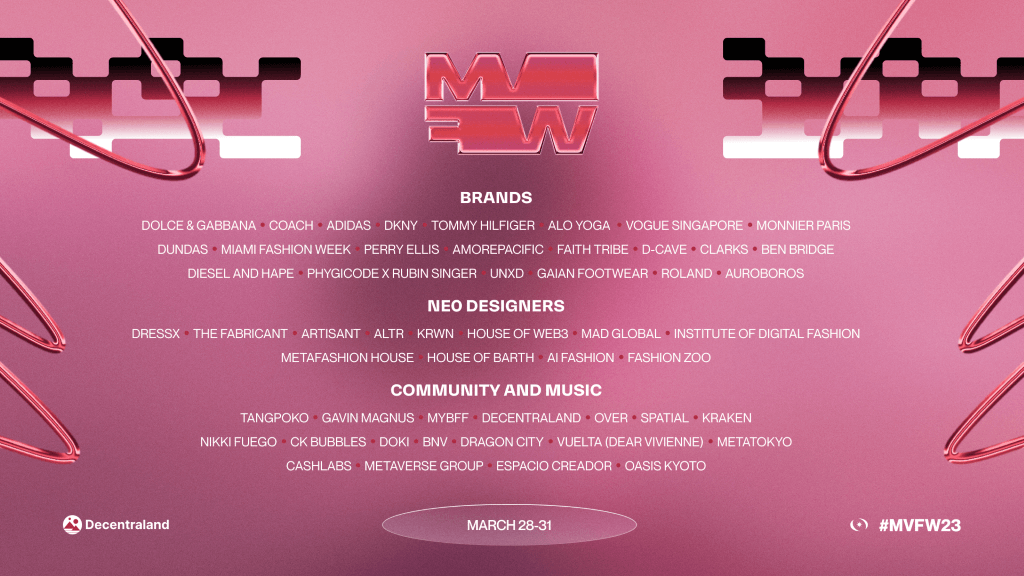


 One of the finalists in the Convergent Gaming category was Time Investigators, a multi-sensory augmented reality game by Picture This Productions and Mary Rose Museum. The AR game players become Time Detectives, investigating the sinking of Henry VIII’s favorite ship, the Mary Rose, which claimed the lives of almost all the 500 soldiers and sailors on board.
One of the finalists in the Convergent Gaming category was Time Investigators, a multi-sensory augmented reality game by Picture This Productions and Mary Rose Museum. The AR game players become Time Detectives, investigating the sinking of Henry VIII’s favorite ship, the Mary Rose, which claimed the lives of almost all the 500 soldiers and sailors on board.

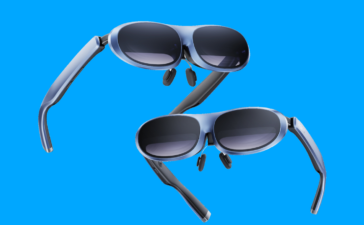
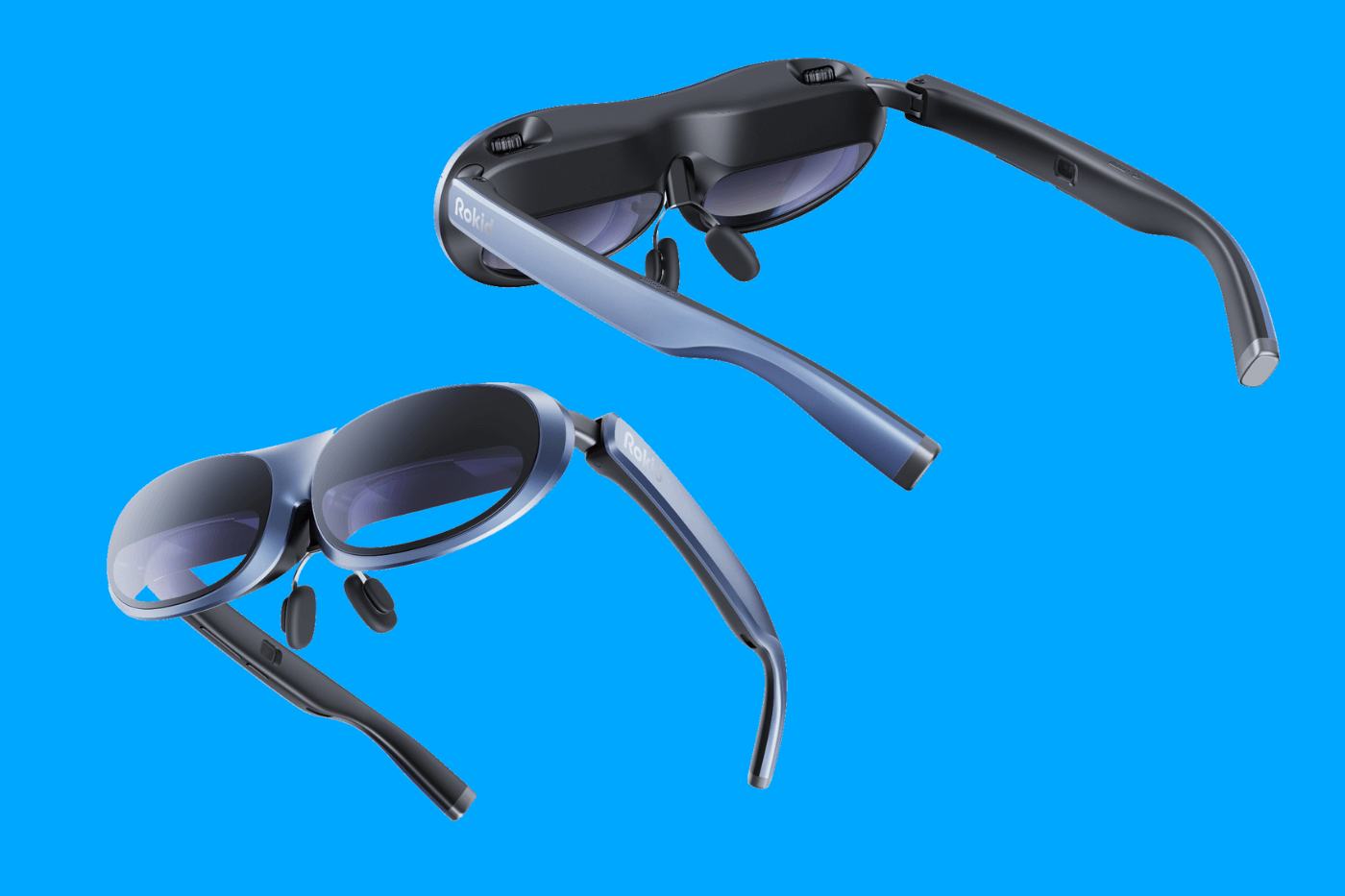
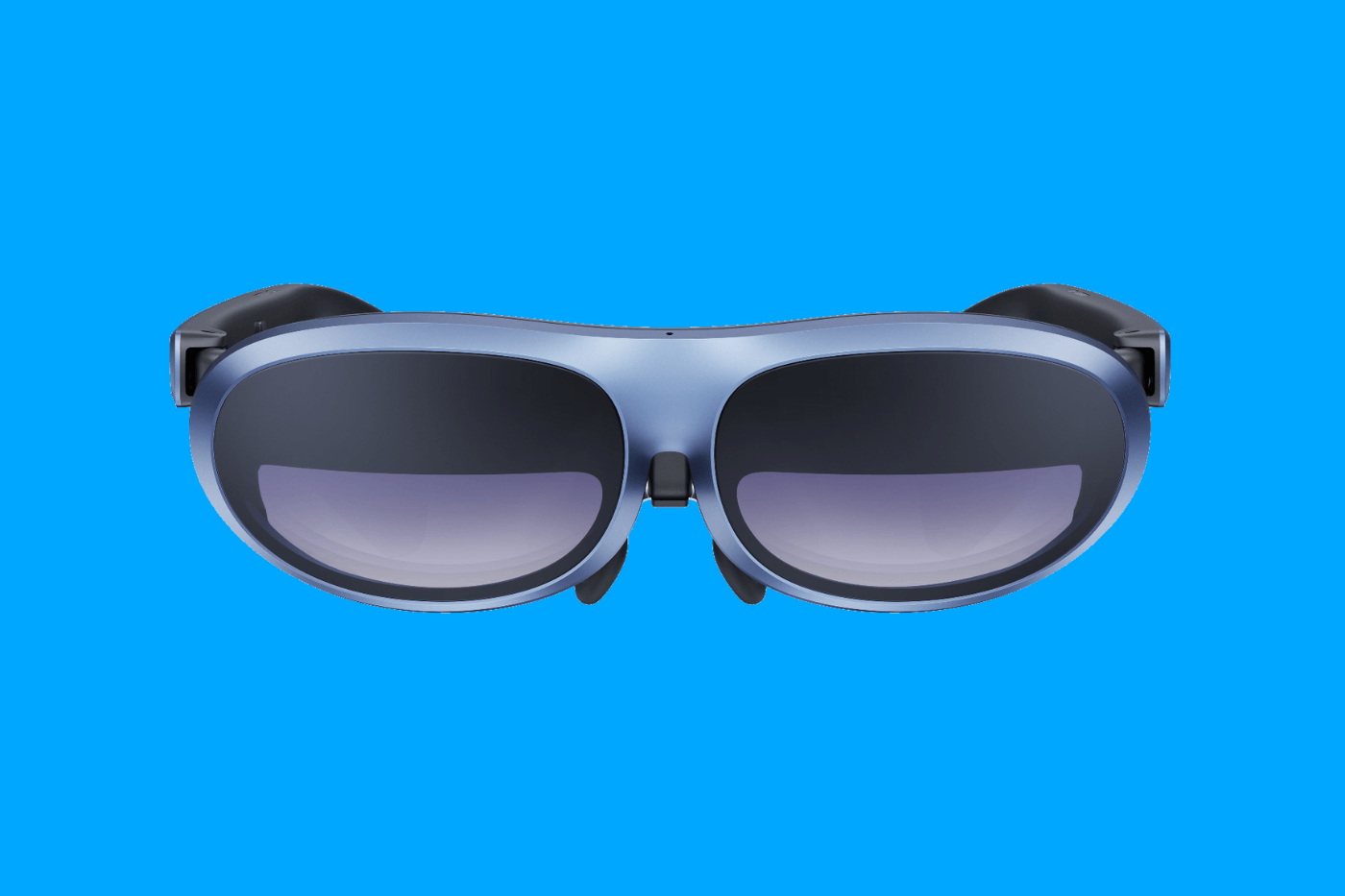
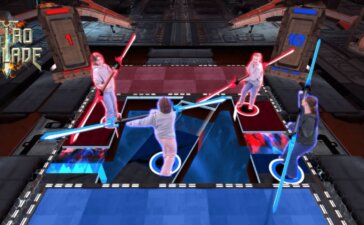
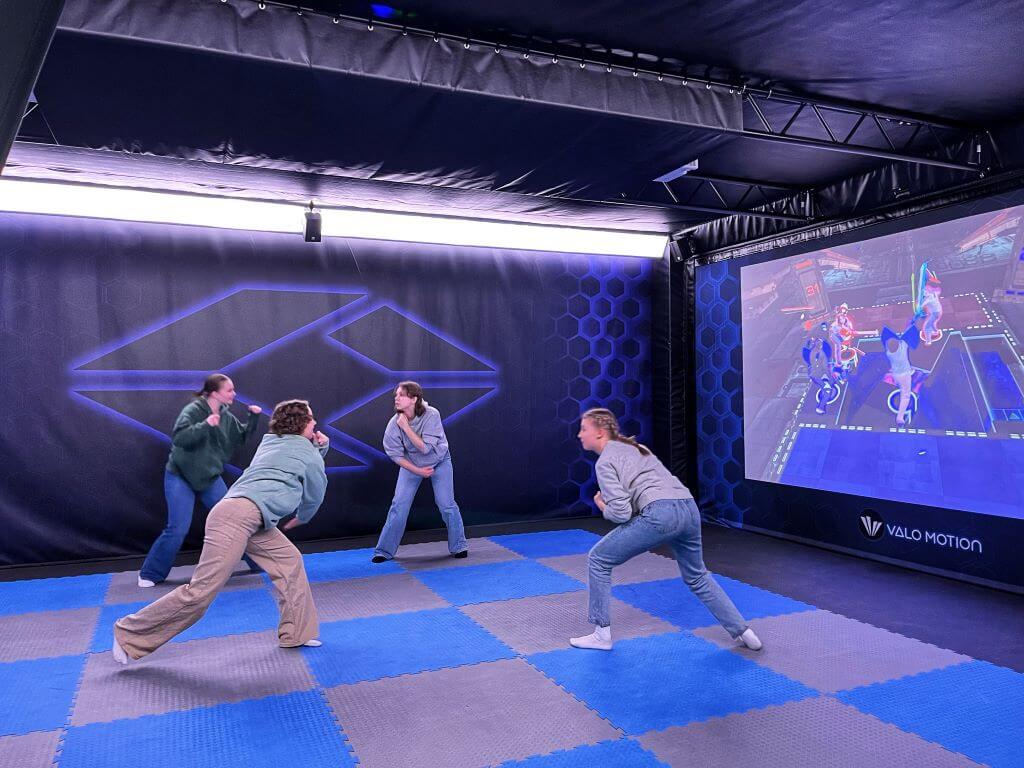
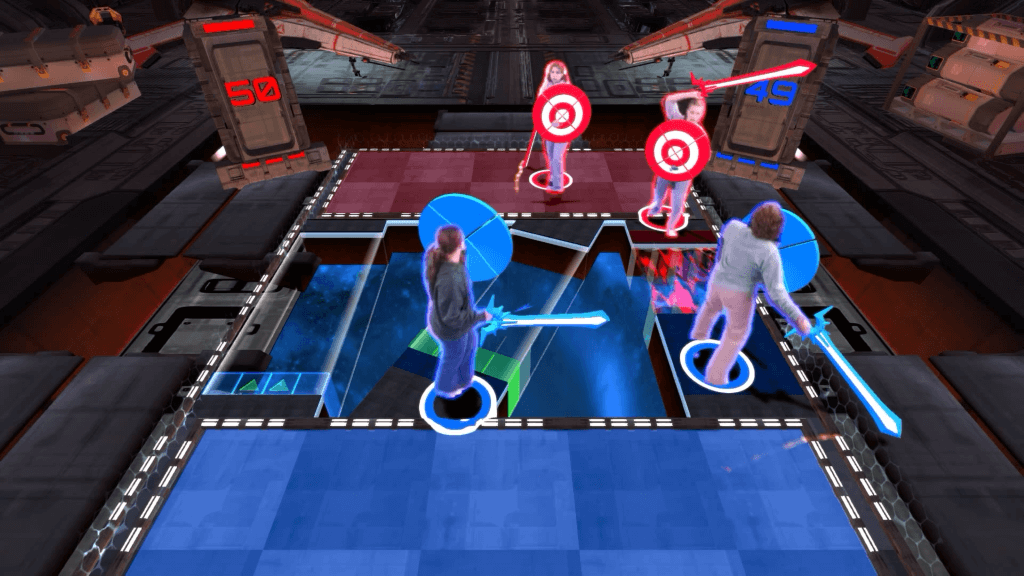

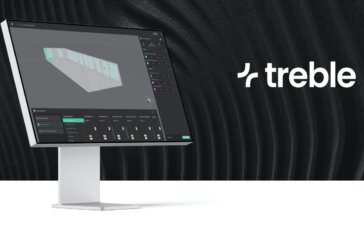
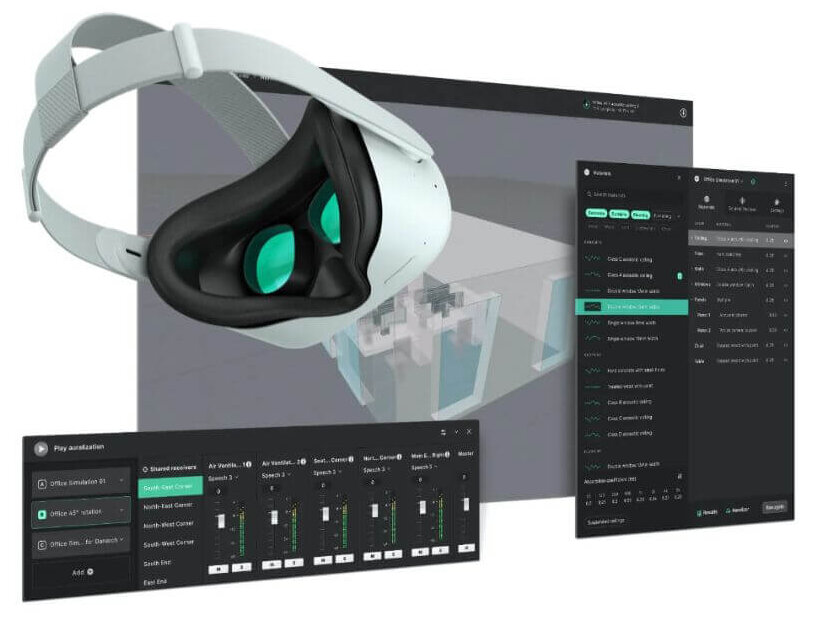 Treble uses a “wave-based approach” that accounts for the source of the audio, as well as the geometry of the space and the physical properties of the building material. In the event that the virtual space includes fantastical or unspecified materials, the company assigns a set of physical characteristics from a known real-world material.
Treble uses a “wave-based approach” that accounts for the source of the audio, as well as the geometry of the space and the physical properties of the building material. In the event that the virtual space includes fantastical or unspecified materials, the company assigns a set of physical characteristics from a known real-world material.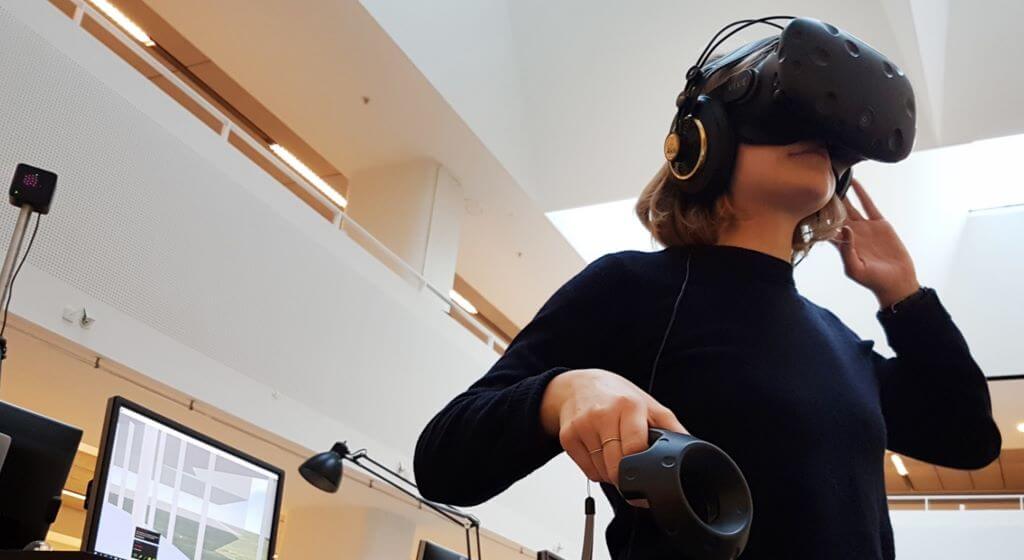
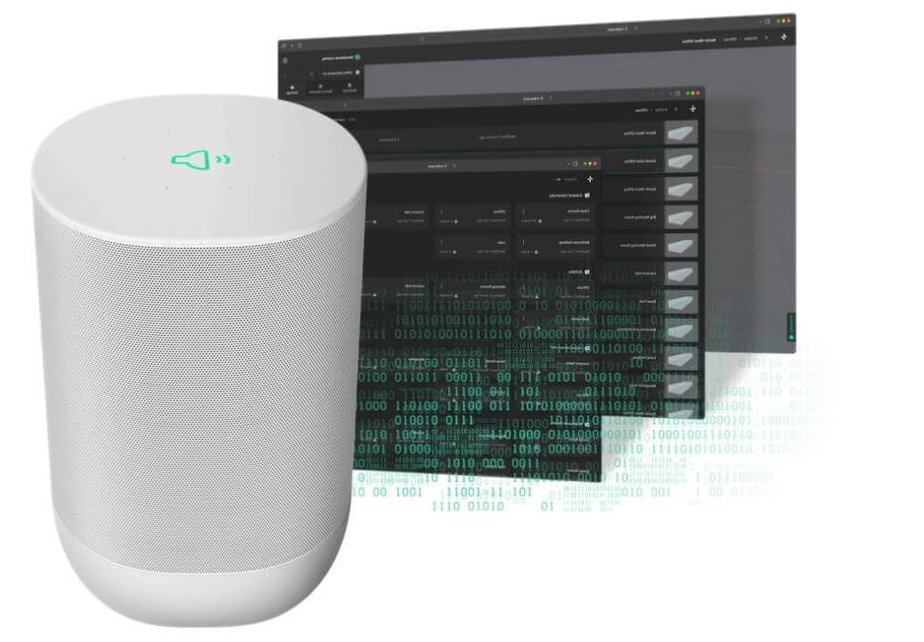 “AI is kind of the talk of the town these days and one of the major issues of training AI is a lack of data,” said Pind. Training AI to work with sound requires a lot of audio which, historically, had to be sourced from physical equipment transported and set up in physical environments. “Now they’re starting to come to us to synthetically generate it.”
“AI is kind of the talk of the town these days and one of the major issues of training AI is a lack of data,” said Pind. Training AI to work with sound requires a lot of audio which, historically, had to be sourced from physical equipment transported and set up in physical environments. “Now they’re starting to come to us to synthetically generate it.”
